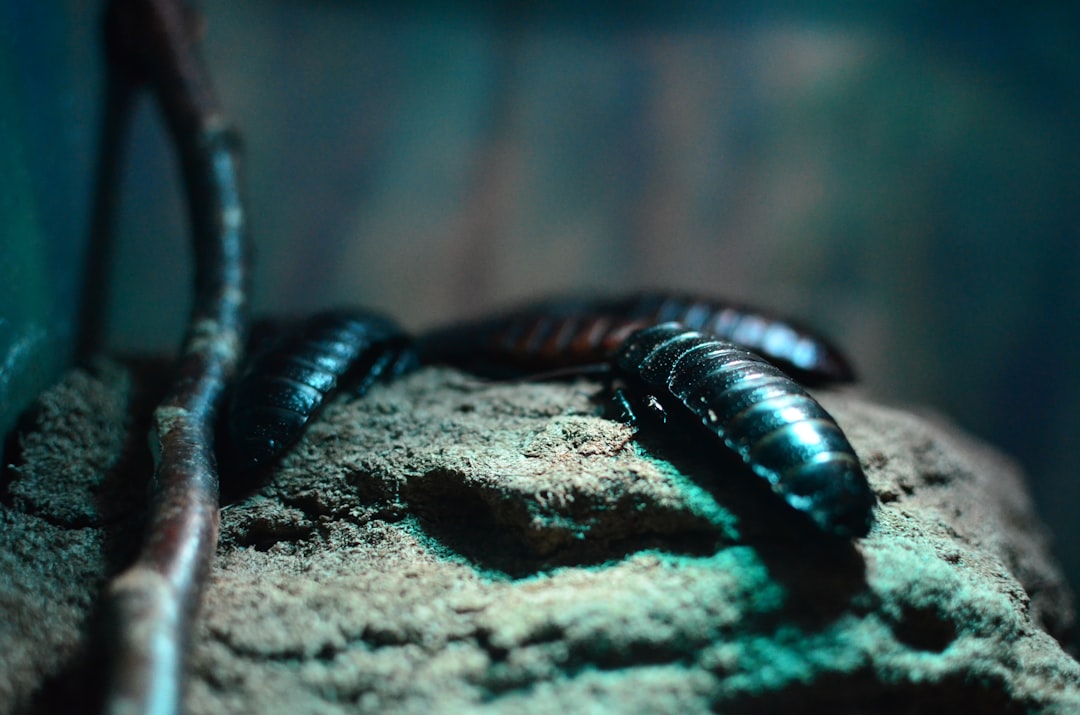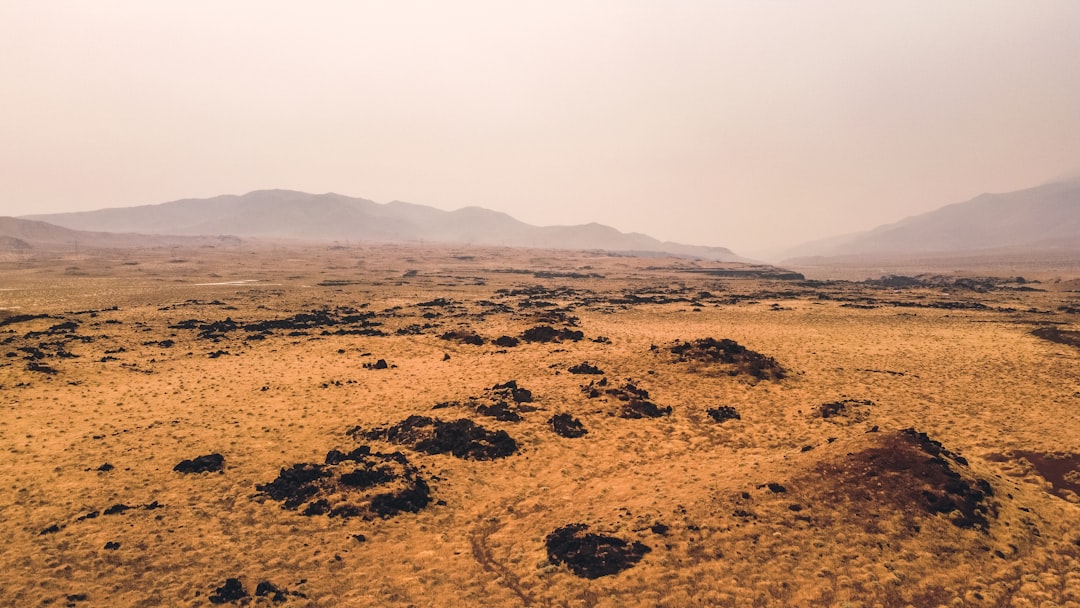What is it about?
We had a two year study looking at a single population of the azure damselfly, Coenagrion puella, at a single site in southern England. All the damselflies (1036 in total) emerging from the pond were caught, marked individually, and the number of parasitic mites that were clinging to them were counted. Technically these mites don’t suck blood, but they do feed on the “haemolymph” of the insects, which is the insect equivalent. We had a number of hypotheses as to what might drive variations in parasitism: higher temperatures might increase the effectiveness of mites at finding and latching-on to hosts, larger animals might have more parasites, or there might be a difference between sexes in parasitism. We found that most of the variation in parasitism was related to the animals emerging in the middle of the season having the most parasites, while animals emerging early or late had fewer parasites.
Featured Image
Why is it important?
The seasonal pattern suggests that variation in parasitism is the result of ecological interactions where parasites have evolved to take advantage of their hosts’ patterns of development. Given that dragonflies and damselflies have been shown to be emerging at different times in response to climate change, it remains to be seen whether mites will be able to track these changes.
Perspectives
Parasites drain resources from their hosts in order to survive and reproduce. The effects that this has on the host have been shown to be substantial in some species of dragonfly and damselfly. However, in order to assess how serious these effects are, we need to know something about patterns of parasitism: how many parasites does an animal carry and how does that number vary throughout the year?
Dr Christopher Hassall
University of Leeds
Read the Original
This page is a summary of: Phenology determines seasonal variation in ectoparasite loads in a natural insect population, Ecological Entomology, July 2010, Wiley,
DOI: 10.1111/j.1365-2311.2010.01210.x.
You can read the full text:
Resources
Contributors
The following have contributed to this page










